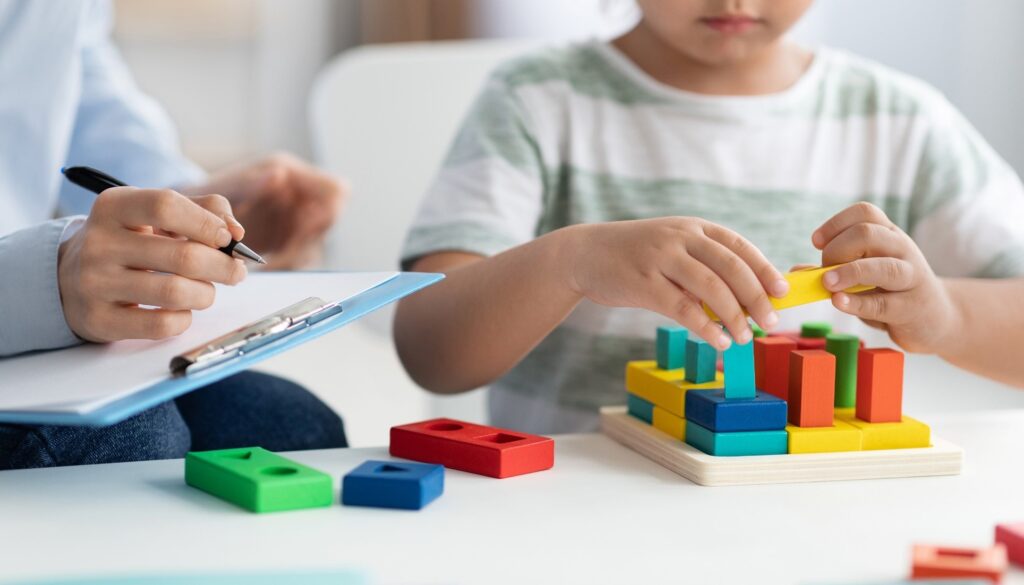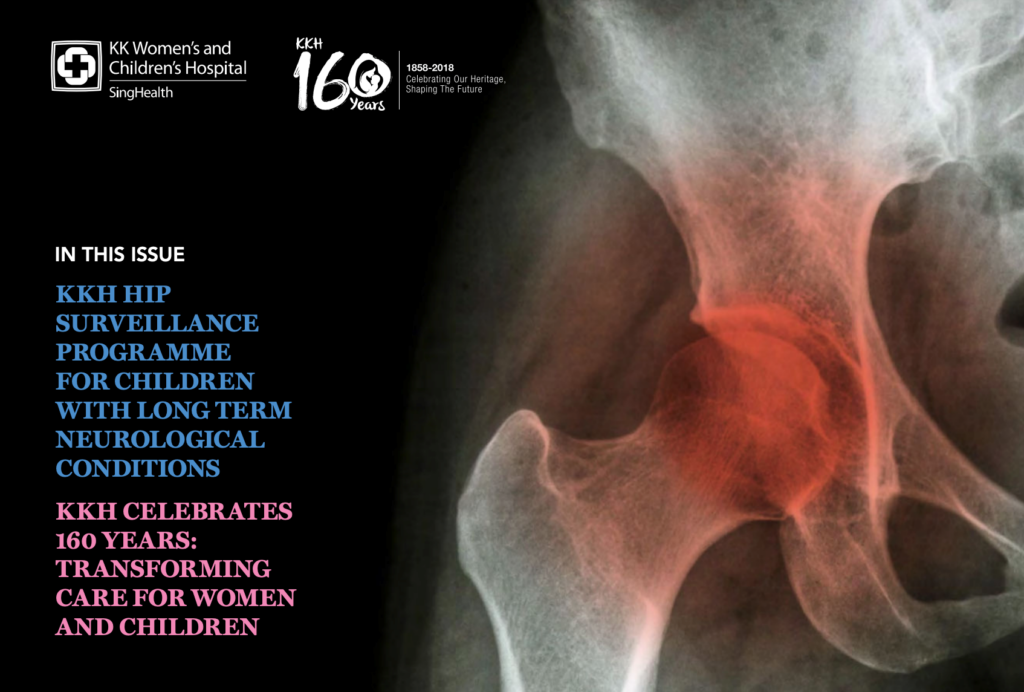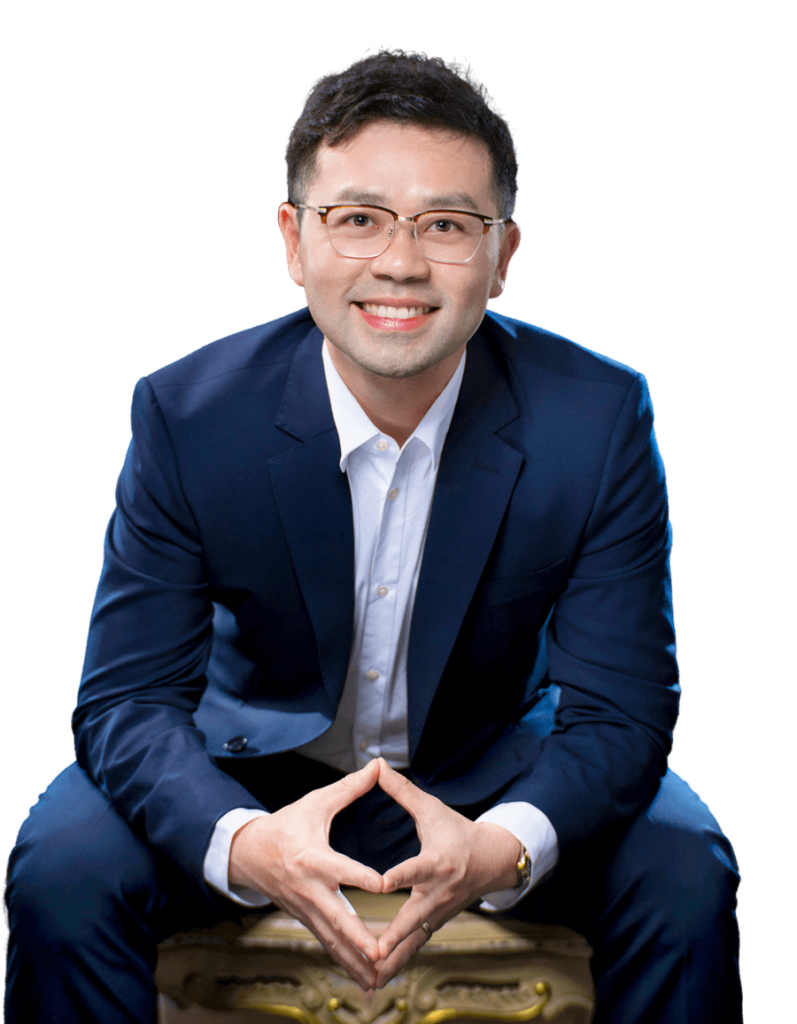Many children and their families are affected by brain injury worldwide.
What is Acquired Brain Injury (ABI)?
Many children and their families are affected by brain injury worldwide. Acquired brain injury (ABI) is an umbrella term to describe brain injury happened after birth.
The two types of ABI are:
- Non-traumatic brain injury – e.g. it can be caused by inflammation or infection of the brain, or complication of brain tumour
- Traumatic brain injury – e.g. it can caused by brain haemorrhage due to head injury, such as fall or road traffic accident.
What to expect after Acquired Brain Injury?
Acquired brain injury can present with a variety of signs and symptoms, which may vary in severity from mild to severe. The brain controls all bodily functions, so a child might encounter a wide range of difficulties and changes, from mild issues with concentration or memory to more severe and long-term physical and cognitive complications.
Some common signs and symptoms of ABI include:
Delayed Milestones
- Delays in reaching developmental milestones such as sitting up, crawling, walking, or speaking.
- Difficulty with fine motor skills like grasping objects or holding a utensil.
High muscle tone
- Spasticity – Muscle stiffness or tightness
- Dystonia – Involuntary muscle spasms, repetitive awkward and twisting posture
- Athetosis – Involuntary slow, flowing, writhing, worm-like movement
- Chorea – Involuntary rapid, irregular, excessive, dance-like movement
- Ballimus – involuntary rapid, violent flinging movement
Abnormal Reflexes
- Persistent primitive reflexes beyond infancy, such as the Moro reflex (startle reflex) or Asymmetric Tonic Neck Reflex (ATNR).
- Exaggerated deep tendon reflexes in response to stimuli or tendon hammer.
Coordination and Balance Difficulties
- Weakness of limbs
- Fidgety, jerky or clumsy movement
- Random, uncontrolled movement
Gait Abnormalities
- Difficulty getting around
- Scissoring – Legs cross or “scissor” when walking due to tight muscles (dystonia)
- Toe walking – Walking on tiptoes instead of using a typical heel-to-toe pattern.
Speech and Swallowing Difficulties
- Dysarthria – Difficulty with articulation and control of speech muscles, leading to slurred or unclear speech.
- Dysphagia – Difficulty with swallowing, which may result in choking or aspiration.
Behavioural and Cognitive issues
- Behavioural changes, Irritability, impulsiveness
- Poor awareness of danger
- Difficulty in learning new things
- Memory issues
- Emotional issues, including Anxiety, Depression
- Struggle to organise, plan and carry out activities of daily living
- Lack of confidence
Other Symptoms
- Fatigue, intense tiredness
- Seizures & Epilepsy
- Learning Disabilities
How to cope with life following ABI?
1. Watch out for Hidden Difficulties
Children with acquired brain injury may experience subtle cognitive issues despite physical recovery.
2. Watch out for Delayed effects
ABI disrupts the developing brains of children or young people. Hence, the affected individuals might not be able to perform their expected tasks. Such difficulties might become more apparent a few years after the injury.
3. Supports from Friends & Families
According to research, having supportive friends and families can significantly aid in the recovery process of children with ABI.
What is Neurorehabilitation in Acquire Brain Injury?
Neurorehabilitation aims to manage symptoms, improve mobility and function, and enhance overall quality of life for individuals affected by the condition.
Neurorehabilitation is a long journey that starts from hospital, even in ICU stay, to home or community settings, such as a specialist centre or community hospital. The journey will involve paediatric neurologist, neuro-psychologist, and different therapists, such as physiotherapist, speech and language therapist, and occupational therapist.
Here are common therapy approaches:
Physical Therapy
Physical therapy focuses on improving muscle strength, flexibility, balance, and mobility through exercises and therapeutic techniques. It may also include training in activities of daily living and the use of assistive devices such as braces or walkers.
Occupational Therapy
Occupational therapy helps individuals develop skills for daily tasks, such as dressing, feeding, and writing, to promote independence and improve quality of life. It may involve adaptive equipment and techniques tailored to the individual’s needs.
Speech Therapy
Speech therapy addresses communication difficulties, swallowing problems (dysphagia), and oral motor issues commonly associated with ABI. Therapists work to improve speech clarity, language skills, and swallowing function.
Medications
Medications may be prescribed to manage symptoms associated with ABI, such as spasticity/ dystonia, seizures, pain, or gastrointestinal issues. Common medications include muscle relaxants, brain cell modulators, anti-seizure medications, pain relievers, and medications for reflux or constipation.
Botulinum Toxin Therapy (Botox)
Botulinum toxin therapy temporarily reduces muscle spasticity or dystonia, and it aims to improve the range of motion, preserve joint alignment, and to improve ease of comfort and care. They are commonly used in conjunction with physical and/or occupational therapy, serial casting and orthotic devices to facilitate stretching exercises, standing and functional activities.
Orthopaedic Interventions
Orthopaedic treatments may be necessary to address functional musculoskeletal deformities such as hip subluxation/ dislocation, contractures, scoliosis, or joint deformities.
Selective Dorsal Rhizotomy (SDR)
SDR is a neurosurgical procedure that involves cutting specific nerves in the spinal cord to reduce spasticity and improve mobility in selected children with ABI.
Intrathecal Baclofen Therapy (ITB)
Spasticity can be treated with physiotherapy and oral medications such as Baclofen, but these are sometimes ineffective or have unacceptable side effects. Intrathecal baclofen treatment involves injecting medication into the cerebrospinal fluid which surrounds the spinal cord. A pump implanted in the abdomen injects baclofen into the cerebrospinal fluid, increasing the drug’s effectiveness and reducing adverse events.
Intrathecal baclofen (ITB) therapy has demonstrated a dramatic improvement in severe spasticity together with long-term safety.
Functional Electrical Stimulation (FES)
FES involves applying electrical stimulation to muscles to improve muscle strength, reduce spasticity, and promote functional movement, particularly in individuals with weak or paralysed muscles.
Alternative and Complementary Therapies
Alternative therapies, such as hippotherapy (horseback riding), aquatic therapy, acupuncture, or massage, may complement conventional treatments and promote relaxation, pain relief, and improved mobility.
How does Acquire Brain Injury affects education and school?
Most children and young people return to formal education after their injury. It is important that the families update the school about what happened and their recovery progress. Depending on the severity of the brain injury, your paediatric neurologist may suggest a neuropsychological evaluation to identify strengths and weaknesses.
References
Dr Yeo’s recent peer-group review journal publications and relevant articles regarding Cerebral Palsy (CP) and Long Term Neurological Conditions (LTNC):
Chia, Aletheia & Tan, Yi & Yeo, Tong & Teoh, Oon & Ng, Zhi Min. (2022). Epidemiology and risk factors for sleep disturbances in children and youth with cerebral palsy: An ICF-based approach. Sleep Medicine. 96. 10.1016/j.sleep.2022.04.021.
Leow, XYJ & Tan, JTC & Yeo, Tong & Wong, Kenneth & Mahadev, Arjandas & Ang, Bixia & Vasanwala, Rashida & Ng, Zhi Min. (2021). Evaluation of risk factors associated with fragility fractures and recommendations to optimise bone health in children with long-term neurological condition. Singapore Medical Journal. 64. 10.11622/smedj.2021124.
Ng, Zhi Min & Lin, Jeremy & Khoo, Poh & Rajadurai, Victor & Chan, Derrick & Ong, Hian & Wong, Janice & Choong, Chew & Lim, Kim & Lim, Kevin & Yeo, Tong. (2021). Causes, functional outcomes and healthcare utilisation of people with cerebral palsy in Singapore. Annals of the Academy of Medicine, Singapore. 50. 111-118. 10.47102/annals-acadmedsg.2020489.
KKH Hip Surveillance Programme for Children with Long term Neurological Conditions
Special Delivery, Issue 3, March 2018
(By Dr Ng Zhi MIn, Dr Yeo Tong Hong, A/Prof Arjandas Mahadev)
Special Delivery, Issue 3, March 2018
(By Dr Ng Zhi MIn, Dr Yeo Tong Hong, A/Prof Arjandas Mahadev)
Yeo TH, Brooks L, Differences in perceptions of palliative care needs for children with neurological conditions. Support Palliat Care 2012;2:A18.
Research Trials
– Co-investigator, Singapore Cerebral Palsy Registry, 2017 – ongoing research project
– Local principal investigator, Royal Hospital for Children, Glasgow, UKMCRN trial – ‘The efficacy, safety and tolerability of nabiximols (Sativex) as an adjunctive treatment to existing anti-spasticity medications in children aged 8 to 18 years with spasticity due to cerebral palsy who have not responded adequately to their existing anti-spasticity medications: a parallel group randomised, double-blind, placebo-controlled study’, 2014 – 2016.







